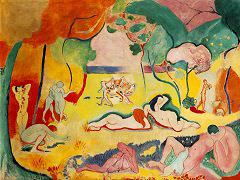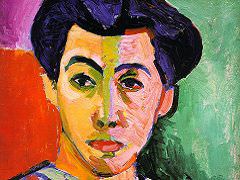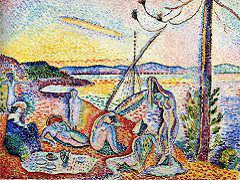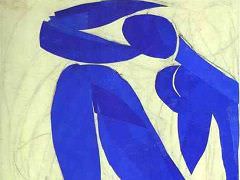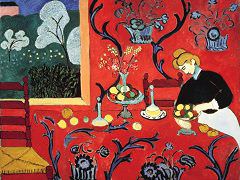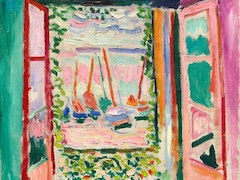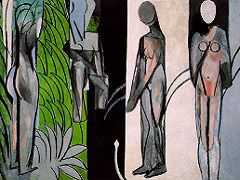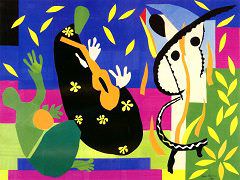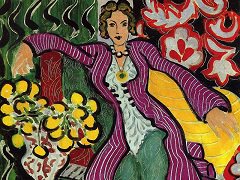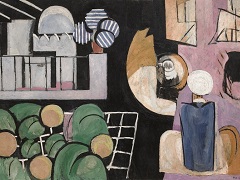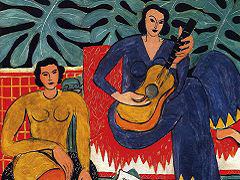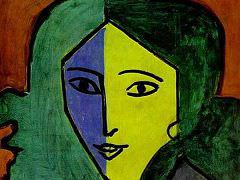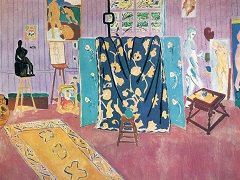Notre-Dame in the Late Afternoon, 1902 by Henri Matisse
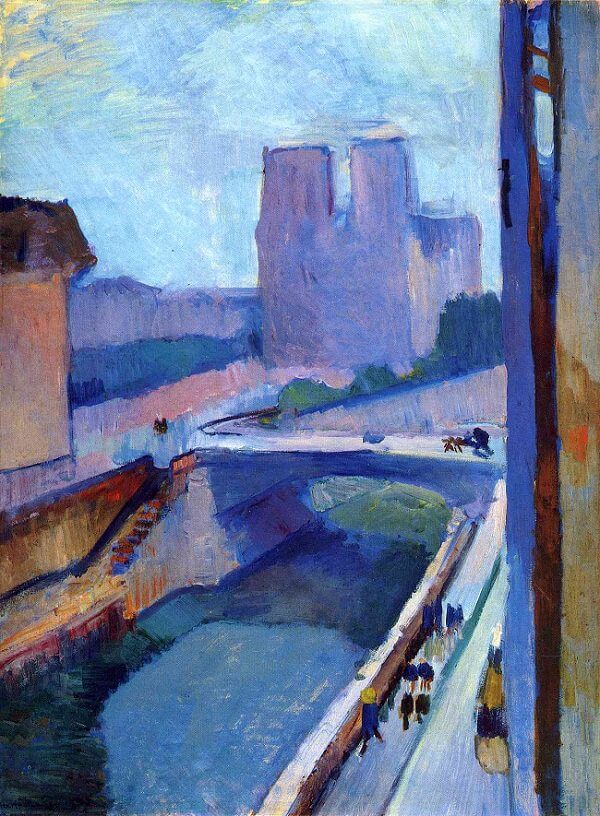
Clearly this is a more adroit composition than the previous picture, with a control of color areas that tells us something of Matisse's power of self-discipline; there is a condensation of sensations here which leads us to believe that he was pondering the thoughts of Paul Cezanne and applying them to his own rather different circumstances. Most significant, we are now explicitly told that the picture was painted from an open window, for the shutter and jamb form strong verticals on the right margin to give a weighted frame to the view beyond and below. In none of the earlier views taken from the same window did the artist realize the importance of this feature, both as a structural device and as a motif in its own right. This picture was painted before The Attic Studio, where the theme of the open window takes on an added importance.
The rather superficial Impressionistic agitation of the earlier version is now gone; the atmospheric emphasis is changed by the reduction in the area of the sky, and the surfaces consequently take on a more appropriately monumental quality. The barge on the river is absent, and the placement of the figures along the nearer quai more purposeful. The now empty surface of the river is painted with the same imperturbable solidity as the surrounding quais, and the patches of color in this later version begin to carry a structural value of their own. What seems to have occurred here is that the daring concepts of spatial support, first ventured in the backgrounds of such figure studies as Male Model, are now applicable to landscape and topographical painting. What remains conventional is the diagonal repoussoir of the right foreground as a means of leading the eye into the middle distance of the bridge. What is novel is that after the eye moves across that bridge it is not carried in some ordinary fashion to the culminating, terminating facade, but is pictorially arrested by the deep pink tones that unrealistically serve to denote the space in front of the cathedral. In short, in a difficult and complex scene Matisse is now able to structure his pictures with color alone, allowing hues by themselves to establish through their unique character a pictorial center of gravity.

